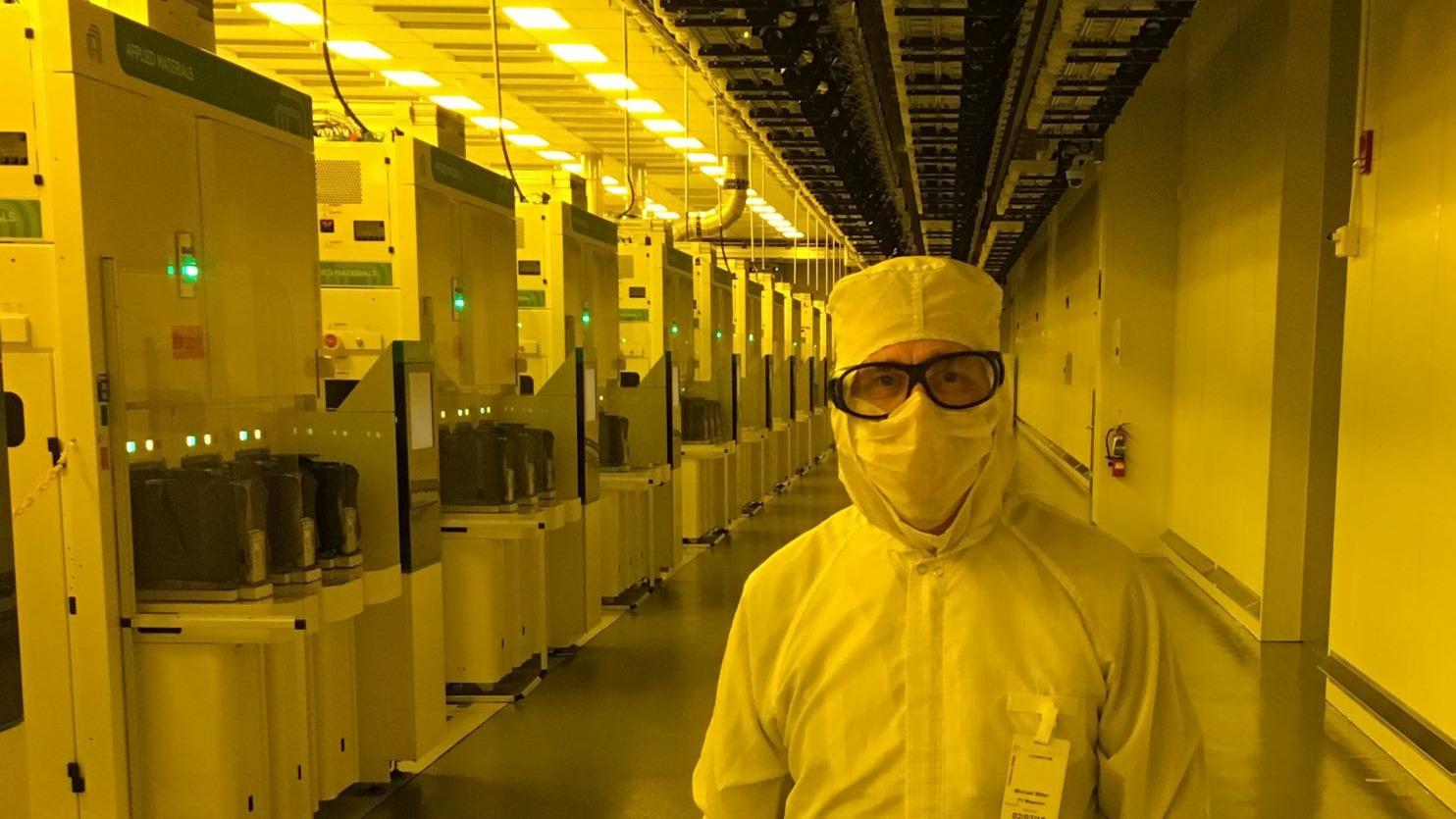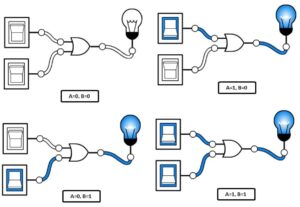Morning: 8:00 AM – Problem Introduction
As the sun rises over the GlobalFoundries semiconductor manufacturing facility, Jane, a process engineer, begins her day. She reviews her schedule and notices a critical issue that cropped up overnight. The yield from one of the production lines has dropped significantly, leading to increased defect rates in the manufactured chips. Jane knows that this issue needs immediate attention, as it could impact the company’s production targets and customer commitments.
Also Read: A Day in the Life of a Lithography Process Engineer
Morning: 9:00 AM – Problem Analysis
Jane gathers her team of engineers and technicians to discuss the issue. They start by analyzing the data collected from the affected production line. They identify a pattern of increased temperatures during a specific part of the process, which could potentially be causing the defects. The team hypothesizes that a malfunctioning temperature control system might be to blame. Jane assigns one of her engineers to investigate this further while others continue analyzing data from various process steps.
Late Morning: 11:00 AM – Investigating the Temperature Control System
The engineer assigned to investigate the temperature control system finds that a sensor responsible for monitoring temperatures in a critical process chamber is indeed malfunctioning. This malfunction has led to temperature fluctuations that adversely affect the quality of the chips. Jane and her team decide to replace the faulty sensor, but this involves shutting down the production line temporarily. They weigh the pros and cons, considering the potential impact on production schedules and customer deliveries.
Afternoon: 1:00 PM – Implementing the Solution
After careful consideration, Jane and her team decide to proceed with the replacement of the faulty sensor. They work swiftly to minimize the downtime of the production line. The replacement process is more challenging than expected, and the team faces a few unexpected setbacks. However, their expertise and collaboration enable them to overcome these challenges.
Afternoon: 4:00 PM – Testing and Validation
With the new sensor in place, Jane’s team conducts thorough testing to ensure that the temperature control system is functioning correctly. They monitor the temperature stability in the affected process chamber and compare it with historical data. Gradually, they observe that the temperature fluctuations have decreased significantly, indicating that the issue has been resolved.
Late Afternoon: 6:00 PM – Production Recovery
As the workday comes to an end, Jane’s team monitors the production line closely to ensure that the defect rates continue to drop. The initial signs are promising, and they are cautiously optimistic that the yield will improve over the next few production runs.
Evening: 8:00 PM – Reflection and Planning
After a long day of intense problem-solving, Jane and her team gather to discuss what they’ve learned from the experience. They identify opportunities to improve the monitoring and maintenance of critical sensors to prevent similar issues in the future. They also express their satisfaction at having resolved the problem promptly and effectively.
As Jane heads home, she reflects on how the collaborative efforts of the team led to a successful resolution of the issue. She knows that challenges are a natural part of the semiconductor manufacturing process and that her role as a process engineer is crucial in maintaining the high-quality standards that GlobalFoundries is known for.








